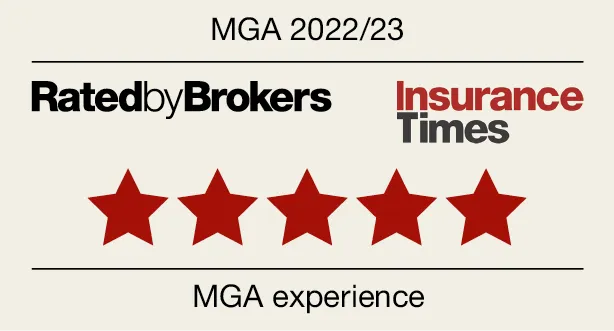-
What does Renovation Underwriting offer over other providers?Broker | Insurer Details and Policy Benefits | Project Professionals | Renovator |
-
We offer the market-leading product in terms of:
- Coverage breadth
- The quality of our insurers
- Our industry expertise, advice, and support
We tailor our offerings to meet your exact needs, we can also advise your professional team, and remain available at all times to help resolve problems. We also liaise with other project professionals and modify coverage as needed to ensure full protection.
Ultimately, we provide peace of mind and control over your insurance needs.
-
Why does this insurance cost more than a home policy?Broker | Insurer Details and Policy Benefits | Project Professionals | Renovator |
-
A building site is significantly riskier than a standard domestic situation. The building undergoes structural changes, making it more vulnerable to loss or damage. Materials on-site could be stolen, liability exposure increases, and the presence of works can attract unwanted attention.
We ensure that our insurance fully protects you and your home during the contract works period. Even if your contractor breaches the policy terms and conditions, you will still get paid—provided you were not complicit.
It is possible to insure a building project more cheaply, but lower premiums often come with significant compromises in coverage and protection. More than 75% of claims using traditional insurance products fail. A JCT-compliant insurance policy is the most secure way to insure a project.
-
Who is the insurer?Broker | Insurer Details and Policy Benefits | Project Professionals | Renovator |
-
Our range of insurers includes HSB, Allianz, QBE, AXA XL, and Talisman Speciality. Find out more about our panel at Our Partners.
-
What happens if the contractor leaves mid-way through the project or becomes insolvent?Broker | Coverage for specific projects | Project Professionals | Renovator |
-
If you are a policyholder of ours, please contact your broker straight away to notify them of any material change. If the project is forced to stop, there is cover for up to 60 days of cessation, but you must notify us straight away as special terms will apply. We will also need details of any new contractors so that we can underwrite this change of circumstances.
-
My project has already started; can you insure this?Broker | Coverage for specific projects | Project Professionals | Renovator |
-
Yes – we won’t pay for pre-existing damage, but we can insure most projects which are already underway. However, if work has already started, unfortunately we would not be able to provide Non-Negligent Liability insurance.
-
I’m self-managing my project; is this okay?Broker | Coverage for specific projects | Project Professionals | Renovator |
-
Yes, we cover self-managed projects subject to underwriting criteria. We provide combined liability coverage for self-managed clients, including Property Owners Liability, Public Liability, and Employers Liability. We also insure the existing structure and works.
-
What types of projects can you cover?Broker | Coverage for specific projects | Project Professionals | Renovator |
-
We are industry leaders in single project contract works and cover:
- High-value works
- High-value structures
- Complex projects
- Basement conversions & excavations
- Listed & heritage buildings
- New builds
- Non-standard construction (thatch or timber)
- Commercial existing structures and works
- Self-managed projects
- UK non-domiciled clients
-
Do you have any claims examples?Claims process |
-
Our most common claims involve water damage and accidental damage caused by the contractor. Fire is less common but when a fire claim does happen, these tend to be very large. Our average claim size is over £35k. Our policy covers accidental damage, water damage, fire, theft, and many other perils which are usually excluded by home insurance and restricted by other works insurers.
-
How are claims managed?Claims process |
-
Claims should be reported to Renovation Underwriting as soon as possible.
You can call us on +44 (0) 1480 768 799, complete the form on this page, or raise a claim by downloading this form and sending to claims@renovationunderwriting.com. Any of these approaches will initiate the claims process.
Claims should be reported to us in the first instance using the options above. Our in house claims manager will help administer your claim.
-
What happens if a neighbour’s property is damaged during the works?Broker | Liability concerns | Project Professionals | Renovator |
-
In most cases, damage arises from either negligent design by the construction professionals involved or poor workmanship by the contractor.
- If negligence cannot be proven, neither Professional Indemnity held by property professionals nor Public Liability arranged by the contractor will pay the claim.
- Instead, under the Party Wall Act 1996, the homeowner (you) would be responsible for resolving damage due to certain causes to neighbouring properties caused by your works.
















